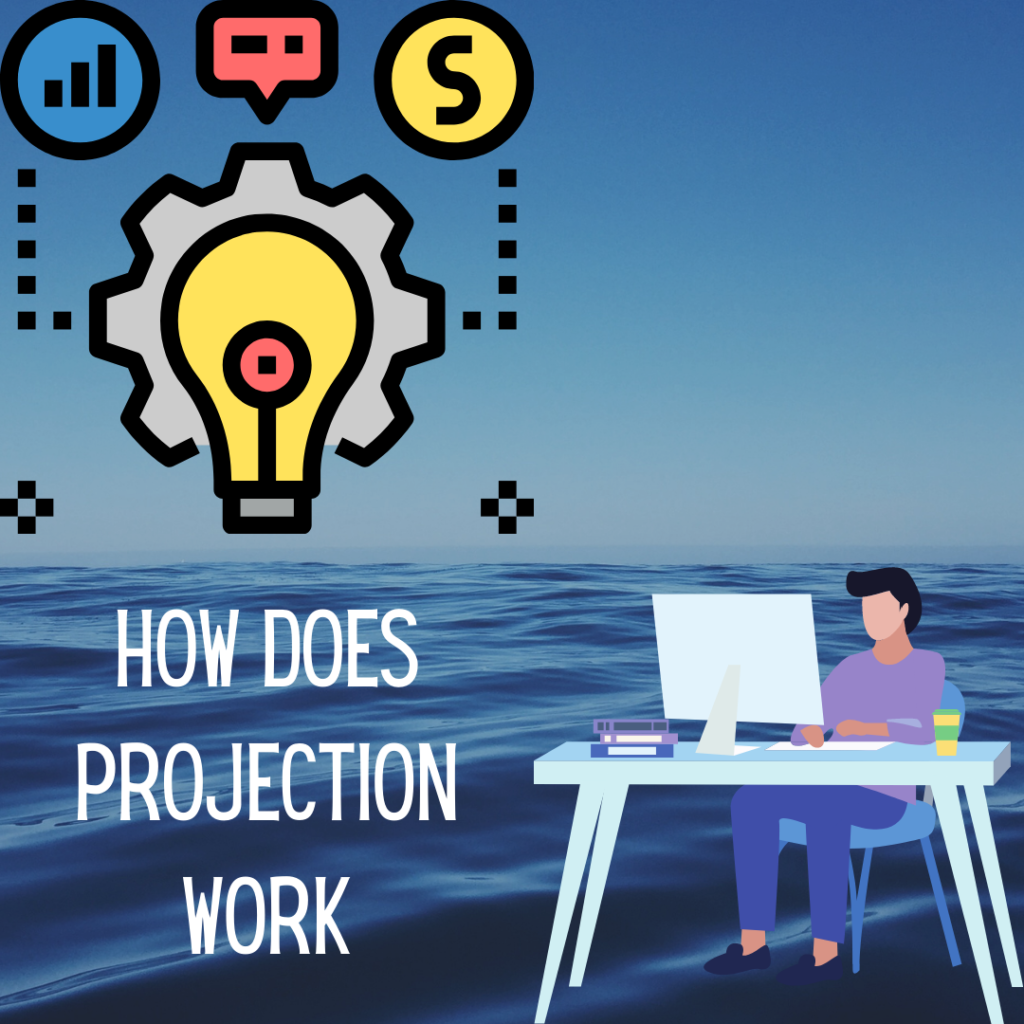With modern technology, videographers, advertisers, and companies produce amazing graphic images. One can display these images virtually on anything that comes under projection mapping. The surfaces can be the side of a building to the inside of a convention center, wall, or other areas. You can learn projection mapping to display a great graphic or light projection onto buildings or on different surfaces. You will understand more about projection mapping in this article.

How Does Projection Mapping Work?

There’s a need for appropriate equipment and software for quality projection mapping. You may have seen projectors that do self-projection. The projector projects video animation on a particular surface or screen. It isn’t very easy to project the image or display if the projection doesn’t fit the essential factors from location to light. These factors include dimensions, color, texture, and other surface characteristics. It can make the picture blurry as the desired effects are not present.
With the basic projection requirements completed, the effects will only depend on the animation’s quality. One needs to adjust the object’s architecture’s quality to achieve 3D dimensions and movement. Projection mapping involves four factors: content, projection, surface, and mapping.
- Content
There is a need for customized content for projection mapping that can fit on the surface. The content should be perfectly suitable for the surface or object it’s for. It can be anything you want, like an animation, video, abstract, branding, or anything else. The content plays an essential part in the preparation of the event. This projection tells the story through animations and sounds on the surface.
- Projection
Projection mapping isn’t possible without the projector as it will project the content on the surface. There’s a need for lots of light to create projection effects. Most of the expenses for projection are on hardware. There are different types of projectors available, and you should go for the one that suits the situation. The projectors have two groups’, i.e., standard and large venues. Standard projectors are suitable for the board room or educational setting and work. At the same time, large venue projectors are suitable for places that require bigger, brighter, and special power considerations.
- Surface
You can make anything like a surface for projection with the proper planning. The surface should be according to the content you’re going to dictate. With the sense of space, the effects become more powerful and help get creative illusions. The light-colored buildings and walls, staging, cars, and other things can become projection’s surface. Your projection will be less effective if the surface is like a blank white wall. With the advancement in technology, unconventional surfaces can also help create visuals.
- Mapping
Mapping is the technical part of projection mapping that correctly projects the surface’s content. It can be the most challenging part and requires some mapping experience. There is a need for pixel-perfect corrections through specialized software to properly match the surface. The mapping part needs some rehearsal before mapping the content on the events’ surface.
Types of Projection Mapping
Different types of projection mapping involve the following:
- Planar Projection Mapping
One of the basic types of projection mapping involves planar projection mapping. In this mapping, the surfaces are straight and two-dimensional. The surface is most often the projecting canvas, wall, or facade of the building. In this, there’ll be a two-dimensional image or video projection on a flat surface. Some angles will provide the object or animation some 3D view.
- Spherical Projection Mapping
Spherical projections mapping means a 360 ° projection in all directions. One can get it on some of the surface fragments. There’s a need for a few projectors and a video splitter to project the final output. This is the reason that makes this mapping method more demanding.
- Panoramic Projection Mapping
Panorama projection mapping also covers areas up-to 360 ° in spherical form. The difference between panoramic and spherical is that the upper and lower edges are visible in panoramic. In this mapping method, the image is only visible horizontally from the perspective. It’s used in mapping various movie and complex building projections.
- Interactive Projection Mapping
Interactive projection mapping is more famous and popular. The reason for fame is the potential for viewers’ interaction with projected video content. Viewers can change projected video content in real-time on the MultiTouch screen supported projection mapping. Motion capture mapping is the latest interactive mapping technique. The 3D-modeled viewers can interact with the surface through this mapping method’s movement.

James has been a tech fanatic for years, from taking apart old electronics and putting them back together to now learning what more technology has to offer. He constantly is learning more regarding the tech industry. As the creator of Internet Bankroll, his mission is to provide unbiased tech information to everyone!
